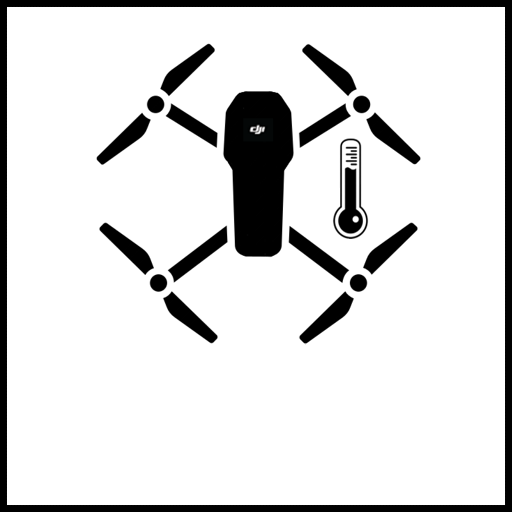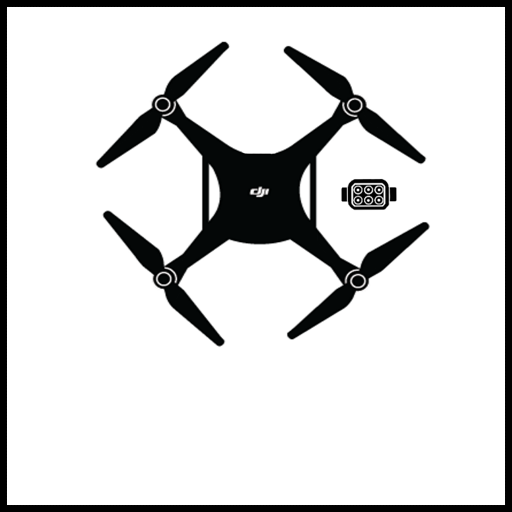The project “Flying off-site: new investigative methodologies for the analysis of historical landscapes. Beyond the built environment for the study of medieval agricultural spaces”, concluded in October 2023 as part of the XXXV cycle of Doctoral studies, is structured around two main research themes: one of a historical-archaeological nature and the other primarily methodological.
The first research theme falls within the French discipline known as archéogéographie, an interdisciplinary field that combines elements of historical geography and archaeology to study the interactions between human societies and the territories they inhabited over time. This approach focuses on the dynamics of landscape transformations and the stratification of human activities, providing a fundamental tool for understanding the complexity of historical landscapes. The second theme, on the other hand, pertains to the methodological field of archaeological aerial photography, with a specific focus on the use of advanced technologies such as thermal and multispectral sensors applied to drones. These tools allow for the collection of precise and non-invasive data, which are crucial for landscape studies.
The research initially included an experimental phase in which drones equipped with thermal and multispectral sensors were tested in the urban plateau of Veio. Multispectral drones were used over the course of a full year, and the results were compared with previous traditional aerial photography conducted by Guaitoli (2015, 2016) and with magnetometric surveys led by Campana (2018, 2019). This comparison demonstrated that multispectral drones were able to detect a large portion of the main and secondary road networks, as well as several building traces already known through traditional technologies. However, in some cases, the anomalies detected by the drones were not visible in aerial photographs or magnetometric surveys, suggesting an innovative potential for multispectral technology in archaeology.
Thermal drone testing was conducted in several phases in the areas of Veio, Castronovo di Sicilia, and Jesolo. Flights over bare terrain did not yield satisfactory results, primarily due to the low resolution of the sensors and difficulties in processing images captured under low-light conditions. However, when tests were carried out over cultivated fields, particularly wheat fields, the results were significantly better. Contrary to the recommendations in the scientific literature, the best times for capturing thermal images turned out to be during daylight hours rather than at night. This change in approach allowed the detection of a greater number of anomalies, thanks to the phenomenon of evapotranspiration, which affects temperature differences in the soil and the overlying vegetation, making archaeological traces more visible.
Subsequently, the research focused on three main areas: Antiche Mura (Jesolo, VE), Stracciacappe (RM), and Castronovo di Sicilia (PA). In all three areas, the results of thermal and multispectral drone analysis, integrated with more traditional methods of archéogéographie (such as historical cartography analysis, the study of written sources, spatial analysis, the study of road networks and field boundaries, and comparison with data from surveys and excavations), enriched the understanding of the historical landscape of these areas, highlighting the different phases that contributed to the transformation of the landscapes investigated during the medieval period.
By combining new technologies with a multidisciplinary approach, the research provided a more detailed and nuanced interpretation of these landscapes, offering insights into how territorial occupation and land use evolved over time in response to socio-economic, political, and environmental dynamics. This integration allowed for a more comprehensive reading of the territory, blending archaeological evidence with anthropogenic and natural transformations, resulting in a deeper understanding of the historical and environmental complexity of the areas studied.
Read more in Publications
___
Campana S., 2018, Mapping the Archaeological Continuum. Filling 'empty' Mediterranean Landscapes, New York
Campana S., 2019, Filling gaps in space and time at Veii. ‘Emptyscapes’ project, in Tabolli, J. (Ed.), Veii. University of Texas Press, Austin, pp. 29-34
Guaitoli M., 2015, Veio: osservazioni sulla topografia della città, in Cascino, Fusco, Smith (Ed.) Novità nella ricerca archeologica a Veio,Sapienza Università Editrice, Roma
Guaitoli M., 2016, Veio : osservazioni preliminari sulla topografia della città, in Quilici Gigli, Quilici, Atlante tematico di topografia antica : 26, 2016 Roma, pp 177-214



